-
 bitcoin
bitcoin $122288.232522 USD
0.16% -
 ethereum
ethereum $4480.662914 USD
-0.22% -
 xrp
xrp $2.962747 USD
-2.32% -
 tether
tether $1.000120 USD
-0.05% -
 bnb
bnb $1145.654223 USD
-2.07% -
 solana
solana $227.105217 USD
-1.67% -
 usd-coin
usd-coin $0.999548 USD
-0.02% -
 dogecoin
dogecoin $0.250875 USD
-2.04% -
 tron
tron $0.340654 USD
-0.49% -
 cardano
cardano $0.837968 USD
-2.52% -
 hyperliquid
hyperliquid $48.960449 USD
0.06% -
 chainlink
chainlink $22.049280 USD
-1.33% -
 ethena-usde
ethena-usde $1.000404 USD
0.02% -
 sui
sui $3.586212 USD
0.20% -
 avalanche
avalanche $29.894916 USD
-4.18%
Solscan guide: How to track Solana transactions
Solscan is a vital Solana blockchain explorer, offering real-time, transparent access to transactions, wallets, SPL tokens, and NFTs, essential for users and developers.
Sep 07, 2025 at 06:18 pm
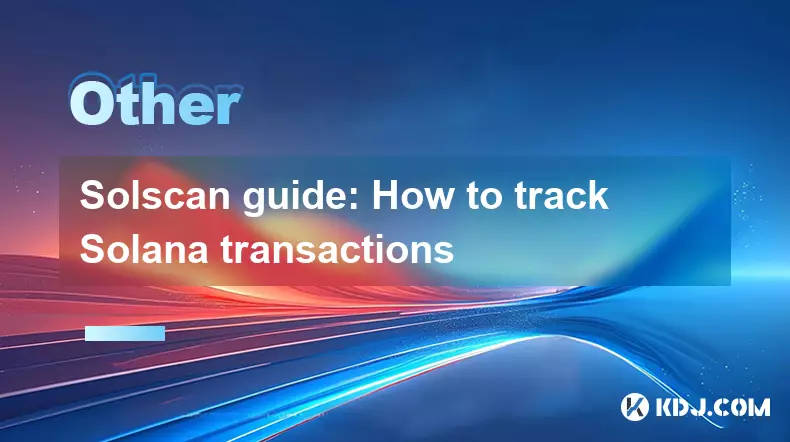
Solscan Overview and Its Role in the Solana Ecosystem
1. Solscan is a blockchain explorer tailored specifically for the Solana network, offering users a transparent and efficient way to view on-chain data. Unlike general-purpose explorers, Solscan focuses exclusively on Solana’s high-speed, low-cost infrastructure, making it an essential tool for developers, traders, and validators. The platform provides real-time access to transaction records, wallet addresses, smart contracts, and token metadata.
2. Users can navigate Solana’s vast transaction volume with ease due to Solscan’s intuitive interface. Each block on Solana is processed in under a second, generating massive throughput. Solscan parses this data into readable formats, allowing individuals to verify transfers, inspect NFT ownership, and monitor program executions without technical barriers.
3. The explorer supports both native SOL transactions and SPL tokens, which are Solana’s equivalent to Ethereum’s ERC-20 and ERC-721 standards. This compatibility ensures that users tracking DeFi interactions or NFT trades can rely on Solscan for accurate, up-to-date information. Every transaction hash can be searched directly, returning details such as timestamps, fees, and involved accounts.
4. Solscan also integrates with Solana’s decentralized applications (dApps), enabling users to trace interactions between wallets and smart contracts. This feature is critical for auditing trades on decentralized exchanges like Raydium or Orca, where multiple token swaps occur within a single transaction.
5. Security verification is another key function. By analyzing transaction signatures and account states, Solscan helps users detect potential fraud or unauthorized activity. For instance, if a wallet unexpectedly interacts with a suspicious program, the transaction history on Solscan can serve as evidence for further investigation.
Step-by-Step Guide to Tracking Transactions
1. To begin tracking a Solana transaction, open the Solscan website in any modern web browser. No account creation or login is required, preserving user anonymity while granting full access to blockchain data.
2. Locate the search bar at the top of the homepage. Paste the transaction hash (a long string of alphanumeric characters) into the field. This hash is typically provided by wallets, exchanges, or dApps after a transaction is initiated.
3. Press “Enter” or click the search icon. Solscan will retrieve the transaction record from the Solana blockchain and display its status—confirmed, finalized, or pending. Finalized transactions are irreversible and considered secure.
4. Review the transaction details page. Key information includes the block number, timestamp, transaction fee in SOL, and a list of all signers and involved accounts. Each account interaction is broken down, showing token transfers, program calls, and changes in account balance.
5. For token transfers, expand the “Token Balance” section to see exact amounts of SPL tokens sent or received. This is particularly useful when verifying NFT minting events or DeFi deposits. Users can also view the associated metadata, such as token symbol and decimals.
Advanced Features for Developers and Traders
1. Solscan offers an API that allows developers to programmatically fetch transaction data, account states, and token holdings. This integration supports automated monitoring systems, analytics dashboards, and on-chain data verification for dApp backends.
2. The address explorer feature enables deep dives into wallet activity. By entering a public key, users can see all incoming and outgoing transactions, token portfolios, and staking positions. This transparency is vital for due diligence in peer-to-peer trades or investment research.
3. NFT tracking is streamlined through Solscan’s dedicated NFT tab. Users can view all NFTs held by a wallet, including collection names, mint addresses, and transfer history. Each NFT can be traced back to its original mint transaction, confirming authenticity and provenance.
4. Real-time alerts are available through third-party integrations. While Solscan itself does not offer native notifications, developers can use its API to build alert systems that trigger when specific wallets transact or when new tokens are issued.
5. The platform supports multi-sig and program-derived accounts (PDAs), displaying their interactions clearly. This is crucial for governance proposals, DAO treasuries, and complex DeFi protocols where ownership is distributed across multiple entities.Frequently Asked Questions
What should I do if a transaction does not appear on Solscan?Ensure the transaction hash is correct and that the transaction has been broadcast to the network. If the status remains pending, it may not have been confirmed due to network congestion or insufficient fees. Check your wallet settings and resubmit if necessary.
Can I track token approvals using Solscan?Yes. Search the wallet address and navigate to the “Token Approvals” section. This shows which programs or addresses have been granted spending permissions for specific SPL tokens, helping users revoke access if needed.
Is Solscan safe to use for verifying transactions?Solscan is a read-only explorer and does not require private keys or wallet connections. It pulls data directly from the Solana blockchain, making it a secure method for verifying transaction authenticity without risking account exposure.
How accurate is the fee information displayed?The transaction fee shown on Solscan reflects the exact amount deducted from the sender’s wallet at confirmation. It is calculated based on computational load and network priority, and the value is immutable once the transaction is finalized.
Disclaimer:info@kdj.com
The information provided is not trading advice. kdj.com does not assume any responsibility for any investments made based on the information provided in this article. Cryptocurrencies are highly volatile and it is highly recommended that you invest with caution after thorough research!
If you believe that the content used on this website infringes your copyright, please contact us immediately (info@kdj.com) and we will delete it promptly.
- BlockDAG, DOGE, HYPE Sponsorship: Crypto Trends Shaping 2025
- 2025-10-01 00:25:13
- Deutsche Börse and Circle: A StableCoin Adoption Powerhouse in Europe
- 2025-10-01 00:25:13
- BlockDAG's Presale Buzz: Is It the Crypto to Watch in October 2025?
- 2025-10-01 00:30:13
- Bitcoin, Crypto, and IQ: When Genius Meets Digital Gold?
- 2025-10-01 00:30:13
- Stablecoins, American Innovation, and Wallet Tokens: The Next Frontier
- 2025-10-01 00:35:12
- NBU, Coins, and Crypto in Ukraine: A New Yorker's Take
- 2025-10-01 00:45:14
Related knowledge
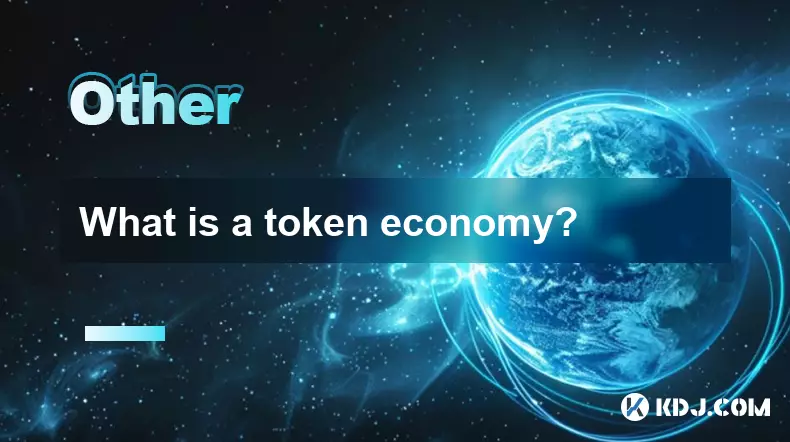
What is a token economy?
Sep 20,2025 at 12:18am
Understanding the Foundations of a Token Economy1. A token economy in the context of cryptocurrency refers to a system where digital tokens are used a...
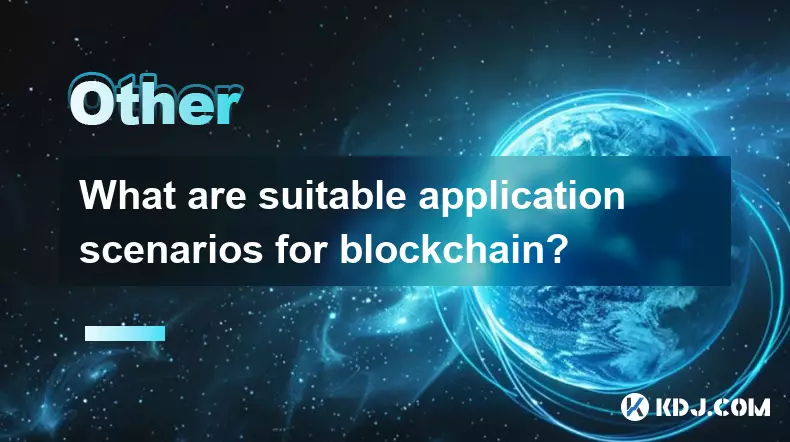
What are suitable application scenarios for blockchain?
Sep 20,2025 at 03:19am
Decentralized Finance (DeFi) Platforms1. Blockchain enables the creation of financial services without centralized intermediaries, allowing users to l...
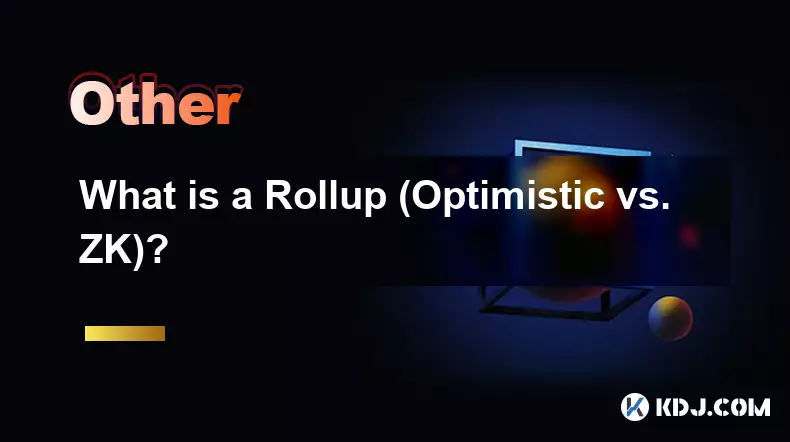
What is a Rollup (Optimistic vs. ZK)?
Sep 22,2025 at 03:00pm
Understanding Rollups in Blockchain Technology1. Rollups are layer-2 scaling solutions designed to increase transaction throughput on blockchains like...
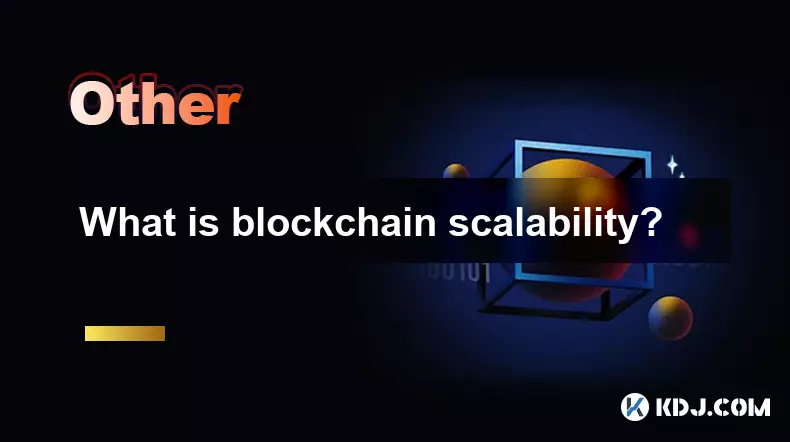
What is blockchain scalability?
Sep 19,2025 at 06:18am
Understanding Blockchain Scalability1. Blockchain scalability refers to a network's ability to handle an increasing number of transactions without com...
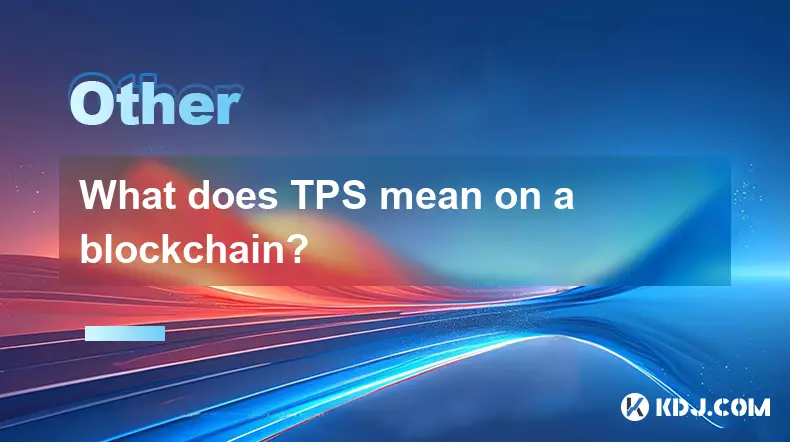
What does TPS mean on a blockchain?
Sep 21,2025 at 09:54am
Understanding TPS in Blockchain Technology1. TPS stands for Transactions Per Second, a metric used to measure the number of transactions a blockchain ...
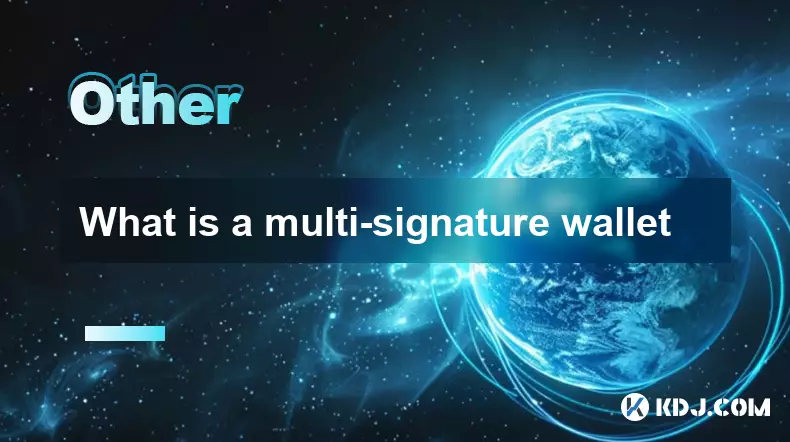
What is a multi-signature wallet
Sep 20,2025 at 07:00am
Understanding Multi-Signature Wallets in Cryptocurrency1. A multi-signature wallet, often referred to as a multisig wallet, is a type of cryptocurrenc...

What is a token economy?
Sep 20,2025 at 12:18am
Understanding the Foundations of a Token Economy1. A token economy in the context of cryptocurrency refers to a system where digital tokens are used a...

What are suitable application scenarios for blockchain?
Sep 20,2025 at 03:19am
Decentralized Finance (DeFi) Platforms1. Blockchain enables the creation of financial services without centralized intermediaries, allowing users to l...

What is a Rollup (Optimistic vs. ZK)?
Sep 22,2025 at 03:00pm
Understanding Rollups in Blockchain Technology1. Rollups are layer-2 scaling solutions designed to increase transaction throughput on blockchains like...

What is blockchain scalability?
Sep 19,2025 at 06:18am
Understanding Blockchain Scalability1. Blockchain scalability refers to a network's ability to handle an increasing number of transactions without com...

What does TPS mean on a blockchain?
Sep 21,2025 at 09:54am
Understanding TPS in Blockchain Technology1. TPS stands for Transactions Per Second, a metric used to measure the number of transactions a blockchain ...

What is a multi-signature wallet
Sep 20,2025 at 07:00am
Understanding Multi-Signature Wallets in Cryptocurrency1. A multi-signature wallet, often referred to as a multisig wallet, is a type of cryptocurrenc...
See all articles










































































